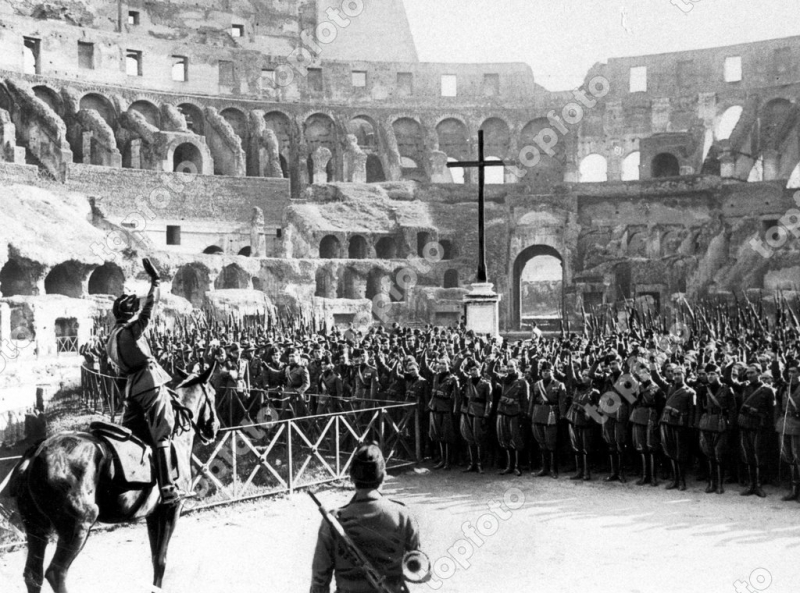Mussolini Was Inspired By The Roman Empire
Mussolini's fascist movement placed a strong emphasis on nostalgia. Mussolini recycled a number of archaic images, like the stretched-arm salute and the perched eagle, which had been historically connected (whether properly or not) with Rome's greatness. Even the name fascist resembles the Roman fasces, a collection of bound sticks that served as a symbol of authority in ancient Rome. Fascism, however, was a term that had already been coined and was widely used by radical Italian groups as early as the 1890s by Mussolini.
Italy was governed by Benito Mussolini's fascist regime from 1922 until 1943. The Roman Empire, which the dictatorship turned to for inspiration and legitimacy, was central to its philosophy and images. Rome witnessed a significant alteration during this time as the dictatorship imposed its interpretation of antiquity on both new construction projects and archaeological ruins. Even though it frequently goes overlooked, this era's legacy can still be seen everywhere today and influences how the city looks.
Many of the well-known Roman structures were only dimly visible 150 years ago. The buildings were either still submerged beneath several meters of debris or had been incorporated into the city's medieval architecture, with temples becoming churches, theatre becoming fortifications, and colonnades becoming homes. After Rome was chosen as the nation's capital of a newly united Italy in 1870, much of this was undone. Massive efforts were made to unearth, examine, and present the artifacts of ancient Rome throughout this new era. As a result, monuments were excavated and purposefully set apart from the urban fabric, acting as archeological islands.









